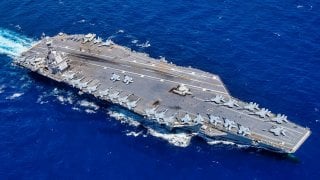Ranked by Expert: The Navy's 5 Best Aircraft Carriers Ever
It is unlikely everyone will agree, but these are the vessels that truly stood out over the past century of aircraft carrier operations
The U.S. Navy's aircraft carriers have played pivotal roles in naval history.
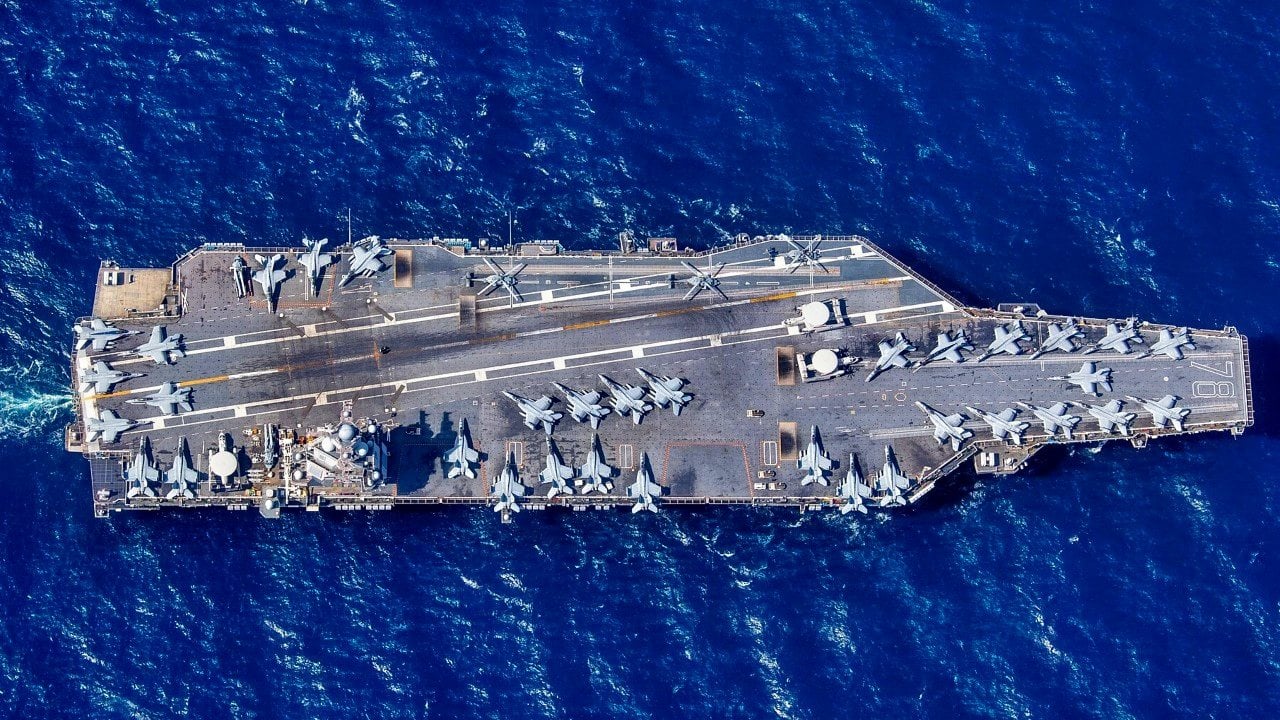
Summary and Key Points:
Among the greatest U.S. Navy aircraft carriers are: the USS Langley (CV-1), the first U.S. carrier; USS Anzio (CVE-57), a decorated escort carrier from WWII; USS Midway (CV-41), which served through the Cold War and beyond; USS Enterprise (CV-6), the most decorated warship of WWII; and the Nimitz-class supercarriers, the backbone of modern naval power.
These carriers showcased innovation, versatility, and combat effectiveness, cementing their place as some of the most legendary vessels in naval history. Each has left an indelible mark on the U.S. Navy's legacy.
Top 5 Iconic U.S. Navy Aircraft Carriers of All Time
Any list of the five best anything is bound to be controversial, and that is especially true when it comes to military platforms.
In the case of warships, those who actually served on them at sea will have a special place in their hearts for their former floating homes.
Others will consider the contributions the vessels may have made in combat.
Yet, it is still possible to narrow the list of the U.S. Navy's best aircraft carriers. It is unlikely everyone will agree, but these are the vessels that truly stood out over the past century of carrier operations.
USS Langley (CV-1, Later AV-3)
Though not built as a carrier, USS Langley's place in naval aviation history can't be understated.
Converted from the collier USS Jupiter, USS Langley became the U.S. Navy's first aircraft carrier when she was commissioned in March 1922.
The first U.S. warship propelled by electric motors, she also became the test platform for developing carrier operating techniques and tactics while serving in the Pacific.
This vessel is included in the "best" list because she was the first. Everything to follow in U.S. Navy carrier operations began on the flight deck of the USS Langley.
Reclassified as a seaplane tender (AV-3), she remained in service during the Second World War. While transporting U.S. Army P-40s to the Dutch East Indies in February 1942, she was attacked by Japanese aircraft and sadly had to be scuttled by her escorting destroyers.
USS Anzio (CVE-57)
This might be another controversial pick, but the Casablanca-class escort carrier USS Anzio deservingly could be described as "the little flattop that could." CVE-57 took part in naval operations supporting attacks on the Gilbert and Marshall Islands, New Guinea, and the Marianas Islands. Originally classified as an auxiliary carrier she was initially named Alikula Bay but was renamed Coral Sea before being renamed USS Anzio just after the end of the war.
She participated in the Battle of Iwo Jima and the Okinawa Campaign, while after the war helped bring home U.S. troops as part of Operation Magic Carpet.
CVE-57 was the most decorated escort carrier of the war, earning 11 Navy Unit Commendations and nine battle stars. Sadly, she was sold for scrapping, while not a single Casablanca-class carrier has been preserved as a museum ship.
USS Midway (CV-41)
This aircraft carrier was truly a versatile warship, and certainly the most modified. She was laid down during the Second World War, and while she arrived too late to see any combat during that conflict, USS Midway's service spanned the entire Cold War – and included combat operations in Vietnam while she served as the Persian Gulf flagship in 1991's Operation Desert Storm.
The largest ship in the world until 1955, and the first carrier too large to transit the Panama Canal, she operated for 47 years; while over the course of her career, she received an angled flight deck and steam catapults. Just one of five aircraft carriers preserved as museums, the USS Midway is the only one that isn't an Essex-class flattop.
USS Enterprise (CV-6)
The contributions of "The Big E," a Yorktown-class carrier during the Second World War are without question. Launched in 1936, the USS Enterprise was one of only three American carriers commissioned before World War II to survive the war – the others being the USS Saratoga (CV-3) and the USS Ranger(CV-4).
The USS Enterprise also participated in more major actions of the war against the Imperial Japanese Navy than any other U.S. warship during the Second World War. Though she was at sea on December 7, 1941, some 18 Douglas SBD Dauntless dive bombers from her Air Group engaged the Japanese during the attack on Pearl Harbor, while she later took part in the Battle of Midway – helping to turn the tide in the Second World War.
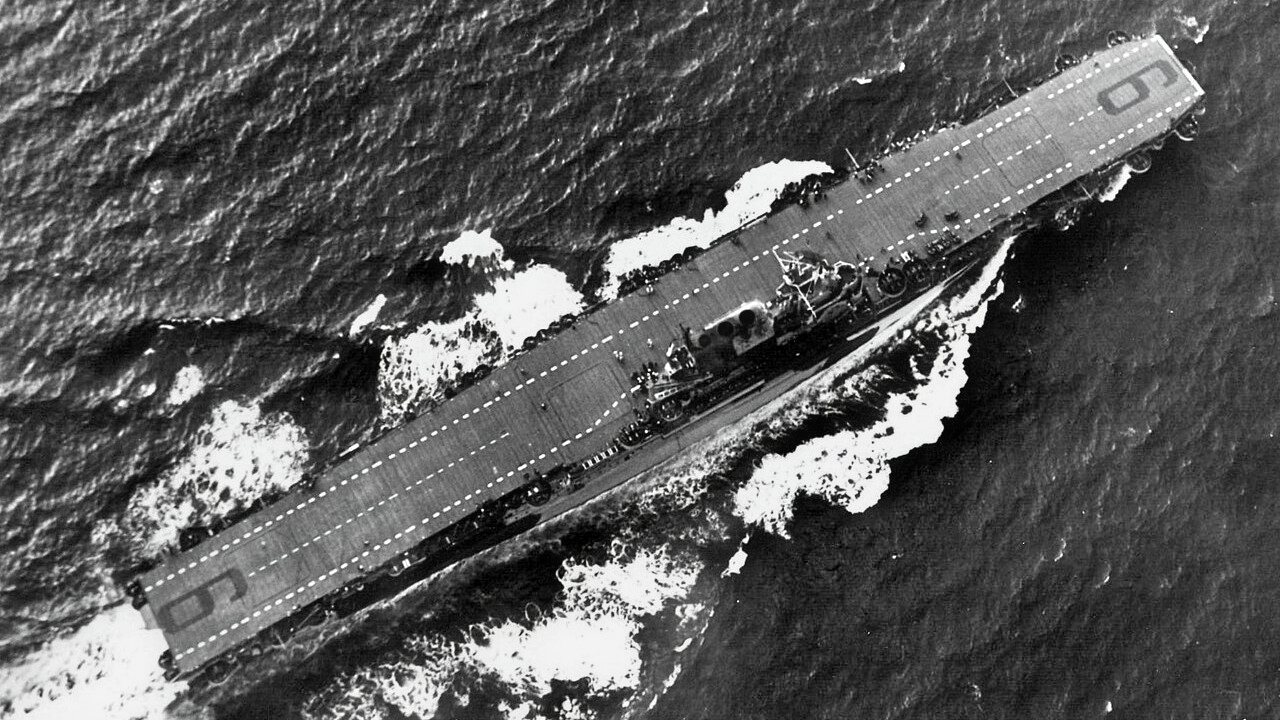
USS Enterprise went on to see further action at the Battle of the Eastern Solomons, the Battle of Santa Cruz Islands, and later in the Battle of the Philippine Sea and the Battle of Leyte Gulf. During the Guadalcanal Campaign, her aircraft covered the landings. In February 1945, Enterprise took part in the Iwo Jima invasion, then raids on the Japanese home islands, and the Okinawa campaign in April.
By the end of the Second World War, her aircraft and guns had shot down 911 enemy planes, sunk 71 ships, and damaged or destroyed another 192 vessels. On three different occasions during the war, the Japanese had erroneously announced that CV-6 had been sunk in battle, which earned her the nickname "The Grey Ghost."
For her actions in the Pacific War, the USS Enterprise earned a total of 20 battle stars, making her the most decorated U.S. Navy warship of the conflict.
Nimitz-class
Rather than suggest that a single Nimitz-class warship is among the best, let's just agree that this class of ten nuclear-power aircraft carriers are collectively truly the best flattops ever to sail the world's oceans. The largest warships ever built until the commissioning of USS Gerald R. Ford in 2017, these supercarriers allow force projection around the globe.
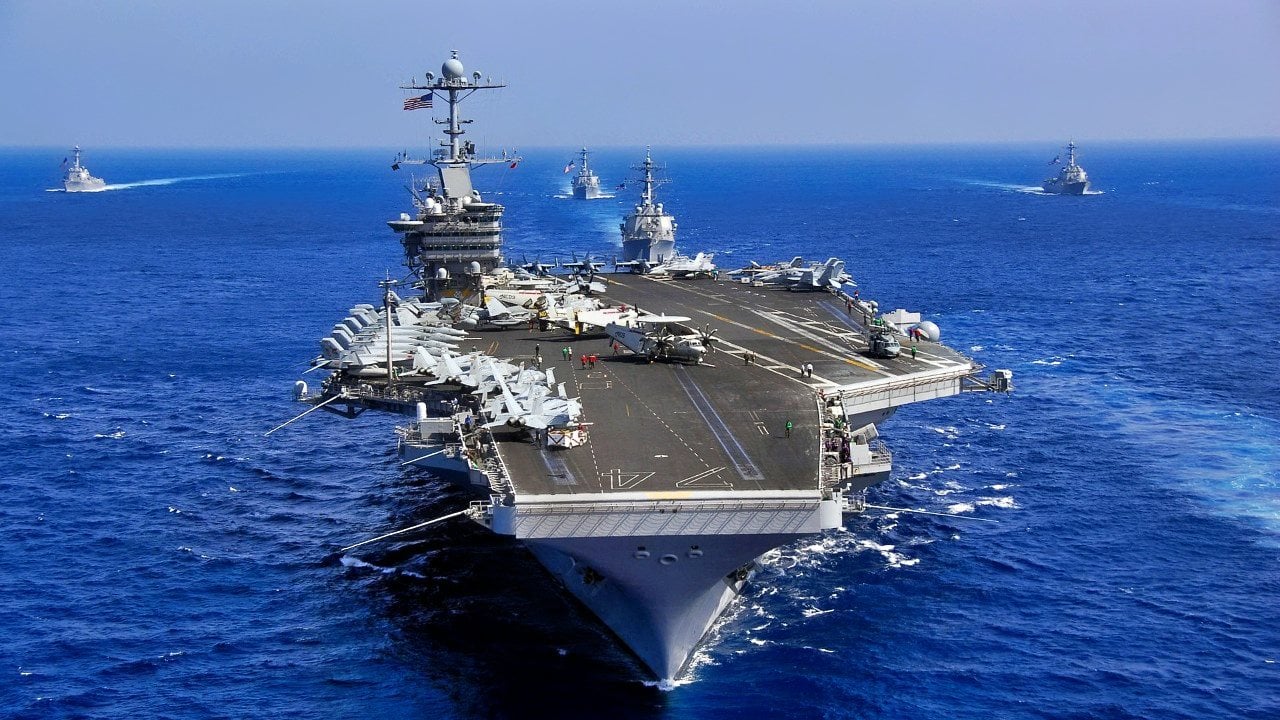
All ten of the Nimitz-class carriers were constructed by Newport News Shipbuilding Company in Virginia. USS Nimitz, the lead ship of the class, was commissioned on May 3, 1975, while USS George H.W. Bush, the tenth and last of the class, was commissioned in January 2009.
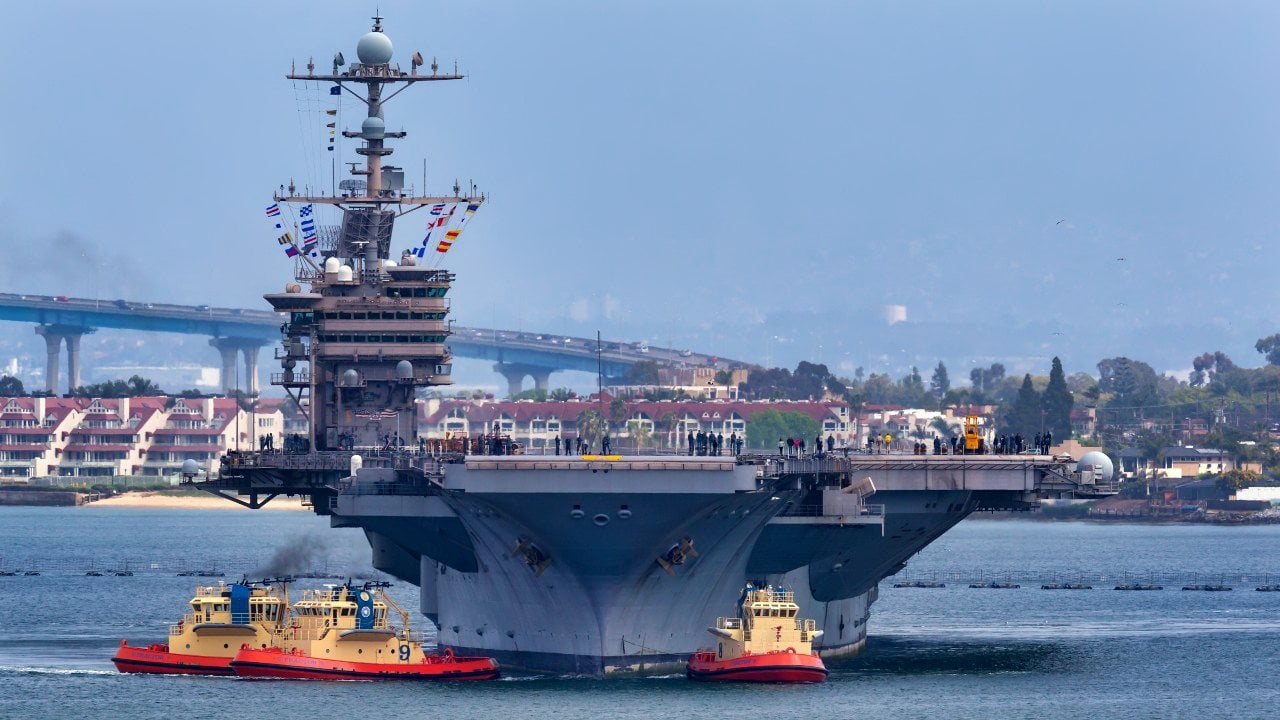
Since the 1970s, the Nimitz-class carriers have participated in numerous conflicts and operations across the world, including Operation Eagle Claw in Iran, the Gulf War, and more recently in Iraq and Afghanistan. Given their ability to be floating air bases and their service in peacetime as well as war, it is hard to argue that there has ever been a better carrier than the Nimitz-class.
Author Experience and Expertise
Peter Suciu is a Michigan-based writer. He has contributed to more than four dozen magazines, newspapers, and websites with over 3,200 published pieces over a twenty-year career in journalism. He regularly writes about military hardware, firearms history, cybersecurity, politics, and international affairs. Peter is also a Contributing Writer for Forbes and Clearance Jobs. You can follow him on Twitter: @PeterSuciu.
All images are Creative Commons.


